On the Impact of Ground Sound
DAFx 2019 

Abstract
Rigid-body impact sound synthesis methods often omit the ground sound. In this paper we analyze an idealized ground-sound model based on an elastodynamic halfspace, and use it to identify scenarios wherein ground sound is perceptually relevant versus when it is masked by the impacting object’s modal sound or transient acceleration noise. Our analytical model gives a smooth, closed-form expression for ground surface acceleration, which we can then use in the Rayleigh integral or in an “acoustic shader” for a finite-difference time-domain wave simulation. We find that when modal sound is inaudible, ground sound is audible in scenarios where a dense object impacts a soft ground and scenarios where the impact point has a low elevation angle to the listening point.
Paper and Links
- Paper* [PDF (1.49 MB)]
- Mathematica Verification of Appendix A Expression [NB (10.7 KB)] [PDF (18.6 KB)]
- Supplemental Branch Cut Discussion of Appendix A Expression [PDF (127 KB)]
- Poster Presentation (with additional relative intensity results) [PDF (369 KB)]
Citation

Supplemental Material
Ideal Steel Ball, Wood Floor Impact Sound (Figure 8):
- Figure Image [PDF (18.0 KB)]
- Ball Sound [WAV (88.2 KB)]
- Combined Sound [WAV (88.2 KB)]
- Floor Sound [WAV (88.2 KB)]
Wavesolved Granite Rock, Soil Ground Sound (Figure 7)
- Rock Sound [Sound (197.3 KB)] [Video (616.6 KB)]
- Combined Sound [Sound (197.3 KB)] [Video (616.6 KB)]
- Ground Sound [Sound (197.3 KB)] [Video (600.8 KB)]
Wavesolved 13 Steel Ball Bearings, Soil Ground Sound (Figure 6)
- Ball Sound [Sound (162.5 KB)] [Video (724.6 KB)]
- Combined Sound [Sound (162.5 KB)] [Video (724.6 KB)]
- Ground Sound [Sound (162.5 KB)] [Video (725.1 KB)]
Wavesolved 13 Steel Ball Bearings, Concrete Ground Sound (Figure 5)
- Ball Sound [Sound (162.5 KB)] [Video (727.8 KB)]
- Combined Sound [Sound (162.5 KB)] [Video (728.0 KB)]
- Ground Sound [Sound (162.5 KB)] [Video (727.6 KB)]
Wavesolved 13 Steel Ball Bearings, Wood Ground Sound (Supplementary)
- Ball Sound [Sound (162.5 KB)] [Video (727.1 KB)]
- Combined Sound [Sound (162.5 KB)] [Video (726.8 KB)]
- Ground Sound [Sound (162.5 KB)] [Video (726.7 KB)]
Wavesolved 13 Plastic Dice, Wax Floor Sound (Supplementary)*
- Dice Sound [Sound (258.9 KB)] [Video (700.0 KB)]
- Combined Sound [Sound (258.9 KB)] [Video (700.0 KB)]
- Floor Sound [Sound (258.9 KB)] [Video (686.3 KB)]
Acknowledgements
